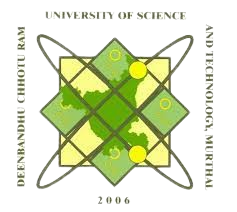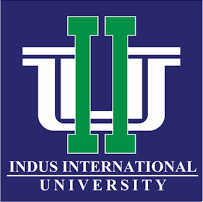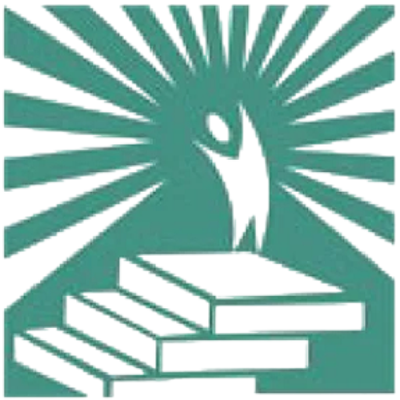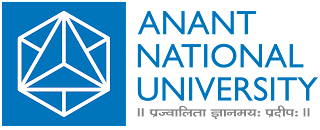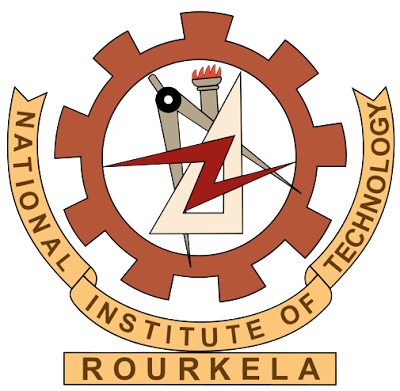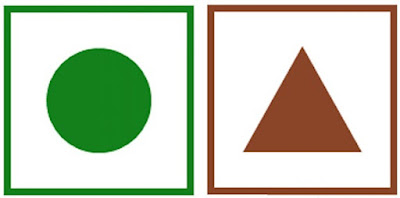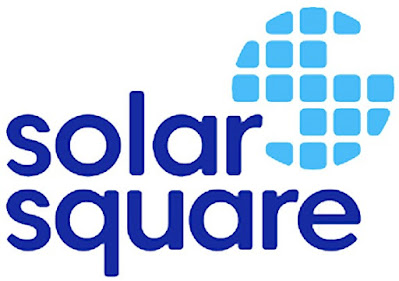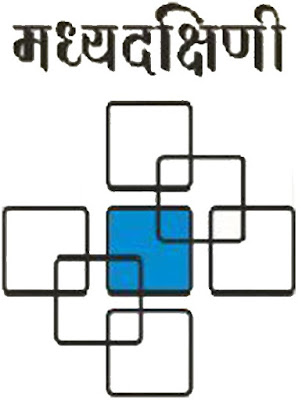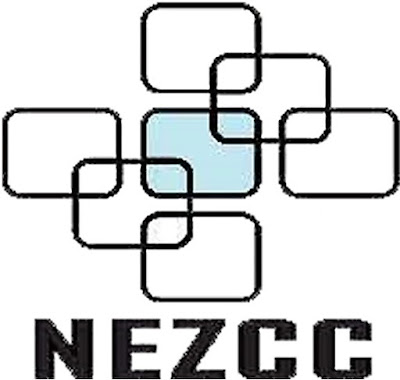MUKKA PROTEINS LIMITED
.png)
MUKKA PROTEINS LIMITED The emblem of Mukka Proteins Limited (MPL) has a cyan and grey square standing on its corner, with its top half in grey has the sails of the boat and bottom half has flowing blue waters with fish and a pair of sailboats. The acronym of its name is written on the pictorial in red. This pictorial is adapted from its parent company, which is in the business of producing fish meal. Its name is written on the right in red extra bold serif capital and lowercase and black sans serif capitals, with cyan colour underline. The colour cyan denotes sky, hope and spring, peace, tranquillity, calmness, relaxation and emotional balance and the colour red denotes passion, power, strength, courage, determination, energy and celebration.


